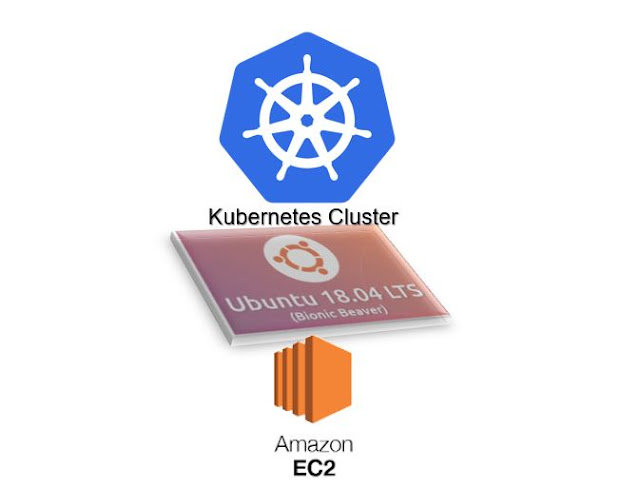Kubernetes clustering in AWS EC2 (Ubuntu 18.04)

In this post, I would like to share the manual steps that work to build a Kubernetes Cluster on Ubuntu 18.04 LTS. We will be using the Docker to install Kubernetes. The three-node cluster that we will be forming in this post will consist of one Master node and two Slave nodes. Therefore, follow the steps described below to install Kubernetes on Ubuntu nodes. Kubernetes Cluster configured on Ubuntu EC2 instances AWS setup for Kubernetes Step 1 : Install three Ec2 instances in AWS console. The AMI we are choosing here is Ubuntu 18.04 LTS (HVM). Choose AMI In this step, we can choose any instances types with your own perspective. I have taken a general-purpose instance type. Click on "Next:Configure Instance Details". Instance Types In configuring instance details we can directly create more instances if u give the number in the number of instances section. You can see in the below figure.Click on "Next:Add Storage". Instance d...
